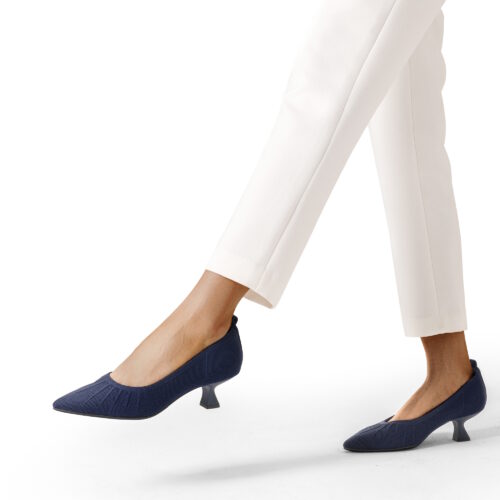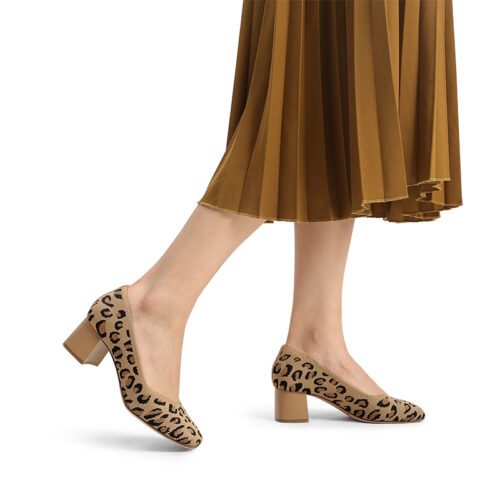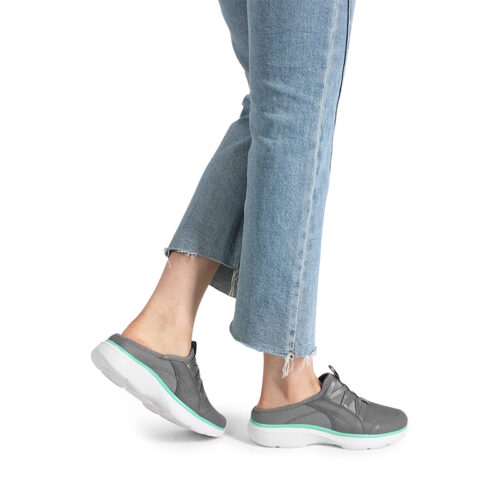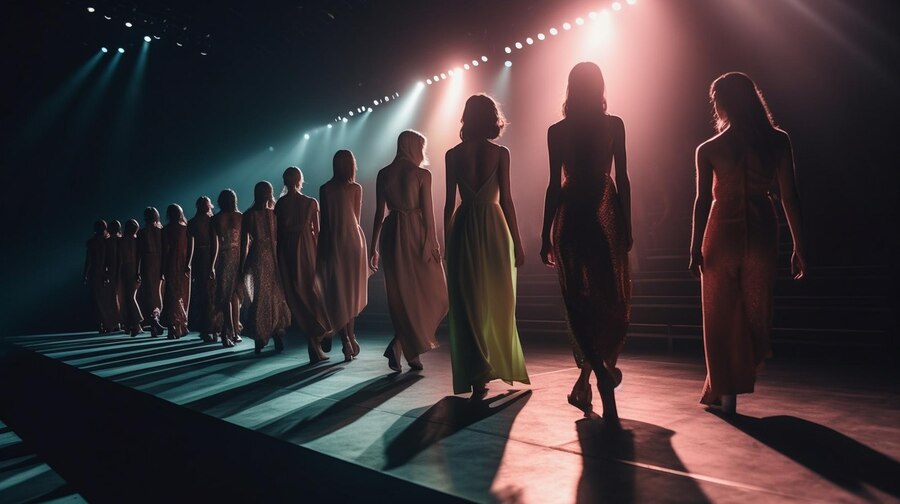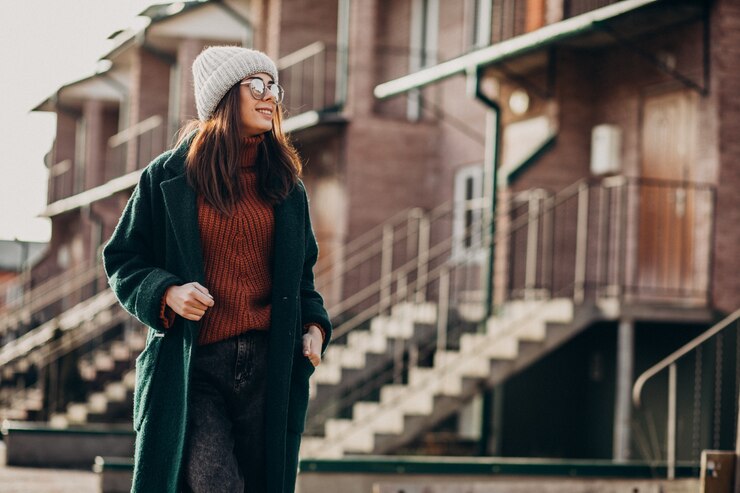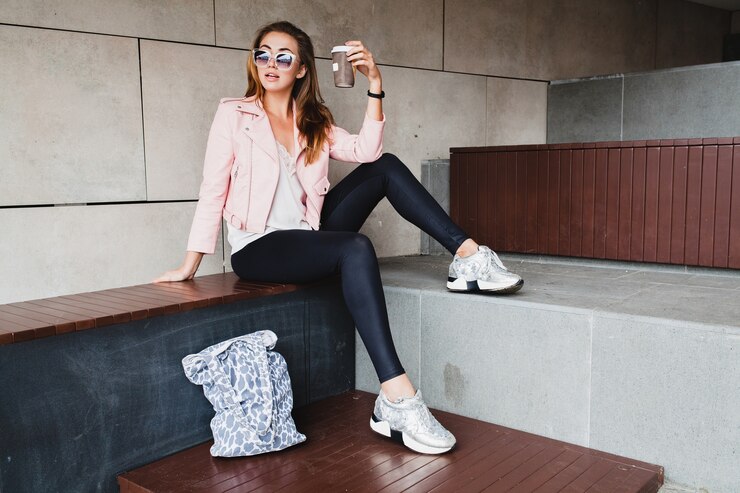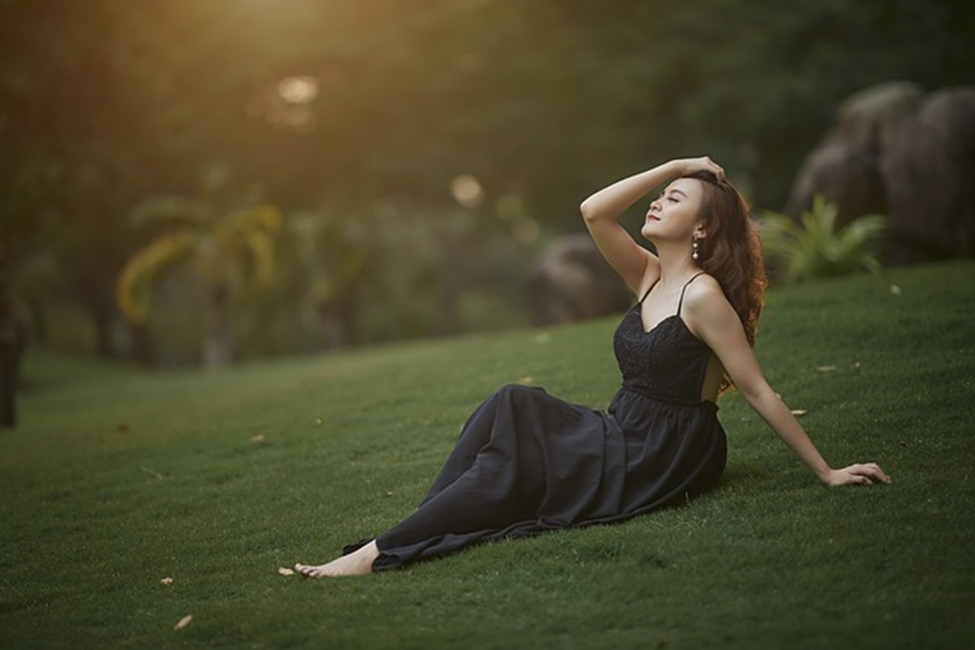
Seeing as trends change so quickly in fashion and beauty, one of the best approaches to being more confident is learning to compliment your body shape and size. This will guide you on how to create your wardrobe or accessorize. The trick is finding ways to balance your shape, which may start with making small changes, like color-matching and choosing patterns. Here are five ways to showcase your body shape, empowering you to step out in style.
Invest in Cosmetic Procedures
These procedures are potent ways to enhance your strengths while eliminating your areas of concern. They allow perfect contouring of your body shape, for instance, after undergoing liposuction or a tummy tuck.
Breast augmentation is another common procedure that helps you attain that dream shape. For the best results, find specialists offering a perfectly tailored solution based on your needs. They may also do breast augmentation revision surgery later when you feel you want a much better result. Planning is essential for these procedures; a high quality facility would be ideal.
Dress for Your Body Shape
Knowing your body shape is the first step in showcasing the best of you. Different styles honor your natural shape, from hourglass and pear to apple, rectangle, and inverted triangle. For example, for an hourglass figure, you would accentuate the waist with tailored dresses and belts. A-line skirts and dresses can contrast your body proportions for pear shapes by defining your waist.
For the fabric, choose structured materials to enjoy better support and definition, while lighter, flowing fabric adds a softer shape and movement. Vertical stripes create the illusion of long lines in your body so you can look taller and leaner; on the other hand, horizontal stripes can widen certain parts.
Use Accessories Strategically
This can be a perfect way of complimenting your attire and overall appearance. While there are many options for the accessories, finding those that match your style is essential. Whether you pick a statement necklace or a belt, make thorough comparisons of designs before making your pick.
Balance out with scarves, hats, and handbags for added interest to your overall look. A bright scarf, for instance, can be the perfect accessory to add color and frame your face and shoulders without competing with the look of your neckline.
Embrace Tailoring
Targeting apparel that emphasizes your body shape is important, something possible with well-tailored pieces. Unlike off-the-rack clothes, they will not need adjustments to fit. A good example is a perfectly tailored blazer, which defines your shoulders and waist. Think about custom pieces, such as trousers, skirts, and blouses. They will improve your looks and make you step out in confidence. Keep updating the collection with time to make your outfits always stunning.
Play with Colors and Patterns
The color of your attire highly influences your perceived looks. Dark colors like black and navy have a slimming effect, whereas bright colors and loud patterns can emphasize certain areas. If you are trying to make your upper body the focus, add a pop of color to a top and keep your bottoms neutral.
Another good trick is color blocking. This is where colors that differ from one part of your body to the other create the illusion of a more balanced silhouette. For example, wearing a dirk skirt with a light top will bring the focus to your waist and thus create an hourglass.
Endnote
The decisions you make regarding the type of clothes and accessories you wear greatly influence how perfectly you highlight your body features. Consider basics such as tailoring the pieces and exploring the color combinations that work perfectly for you.
